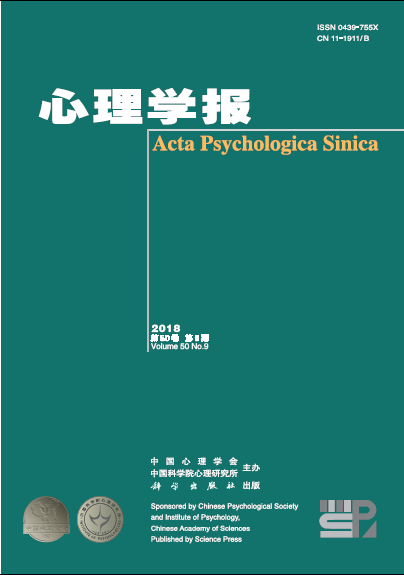With the development of science, the internet has become an indispensable tool in college students' study and daily life. However, online aggressive behavior has become a much more serious problem for college students in recent few years. It is necessary to find out which factors have significant effects on online aggressive behavior of college students. According to the previous researches, the violent exposure was found to be able to predict aggressive behavior significantly. In addition, some theorists also have confirmed that ruminative responses and aggressive behavior are strongly related. However, as a special form of aggressive behavior, there was little research focused on online aggressive behavior and violent exposure. So the purposes of the present study is to explore the relationship between violent exposure, ruminative responses, internet moral and online aggressive behavior as well as the mechanism the effect of violent exposure on online aggressive behavior of college students.
A total sample of 1000 college students from some universities was selected, with 326 males and 508 females, the average age was 20.74-year-old. All subjects were gathered in the class and finished the questionnaires within about 30 minutes. The questionnaires included the Violent Exposure Questionnaire (VEQ), Online Aggressive Behavior Scale (OABS), Ruminative Responses Scale (RSS), and the Internet Moral Questionnaire (IMQ). Data was collected and analyzed with SPSS 24.0, Amos 21.0 and Mplus 7.4, and the bias-corrected percentile Bootstrap method was used to analyze the role of ruminative responses and internet moral between violent exposure and college students' online aggressive behavior. A single factor analysis was calculated to test the common method variance. Results showed that the study was in-existent common method variance.
The results show that: (1)The relationships between each pair of violent exposure, ruminative responses, internet moral and online aggressive behavior are correlated significantly and positively, the correlation coefficient ranges 0.07 from 0.96 (p < 0.01); (2)The structural equation model (SEM) reveals that the data fits the theoretical model well (c 2/df = 2.45, CFI = 0.99, TLI = 0.98, SRMR = 0.03, RMSEA = 0.04). (3) Violent exposure has a significant direct effect on online aggressive behavior (β = 0.29, p < 0.01); Violent exposure has a significant direct effect on ruminative responses (β = 0.23, p < 0.01); Ruminative responses has a significant direct effect on online aggressive behavior (β = 0.17, p < 0.01); Internet moral has a significant direct effect on online aggressive behavior (β = -0.17, p < 0.01); Interaction has a significant direct effect on online aggressive behavior (β = -0.17, p < 0.01). (4)Violent exposure has a significant indirect effect on online aggressive behavior through ruminative responses, and the confidence interval of 95% is [0.025, 0.061]; (5) Internet moral moderates the relation between violent exposure and online aggressive behavior of college students, that is, there is a significant positive relation between violent exposure and online aggressive behavior under the low internet moral level, however, there is a non-significant relation between violent exposure and online aggressive behavior under the high internet moral level.
It is concluded that in the structural equation model of violent exposure on online aggressive behavior of college students, ruminative responses plays a partial mediating role and internet moral moderates the direct effect. These findings suggest some measures of prevention and treatment for college students’ online aggressive behavior should be taken. Schools and families should set up a good core self-evaluation system in order to help them improve their moral level and eradicate online aggressive behavior.




